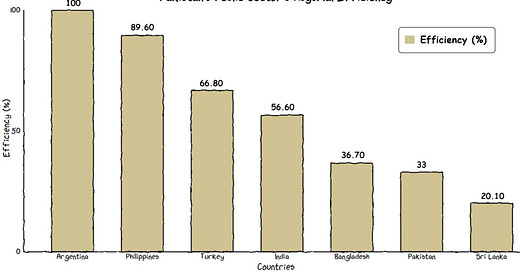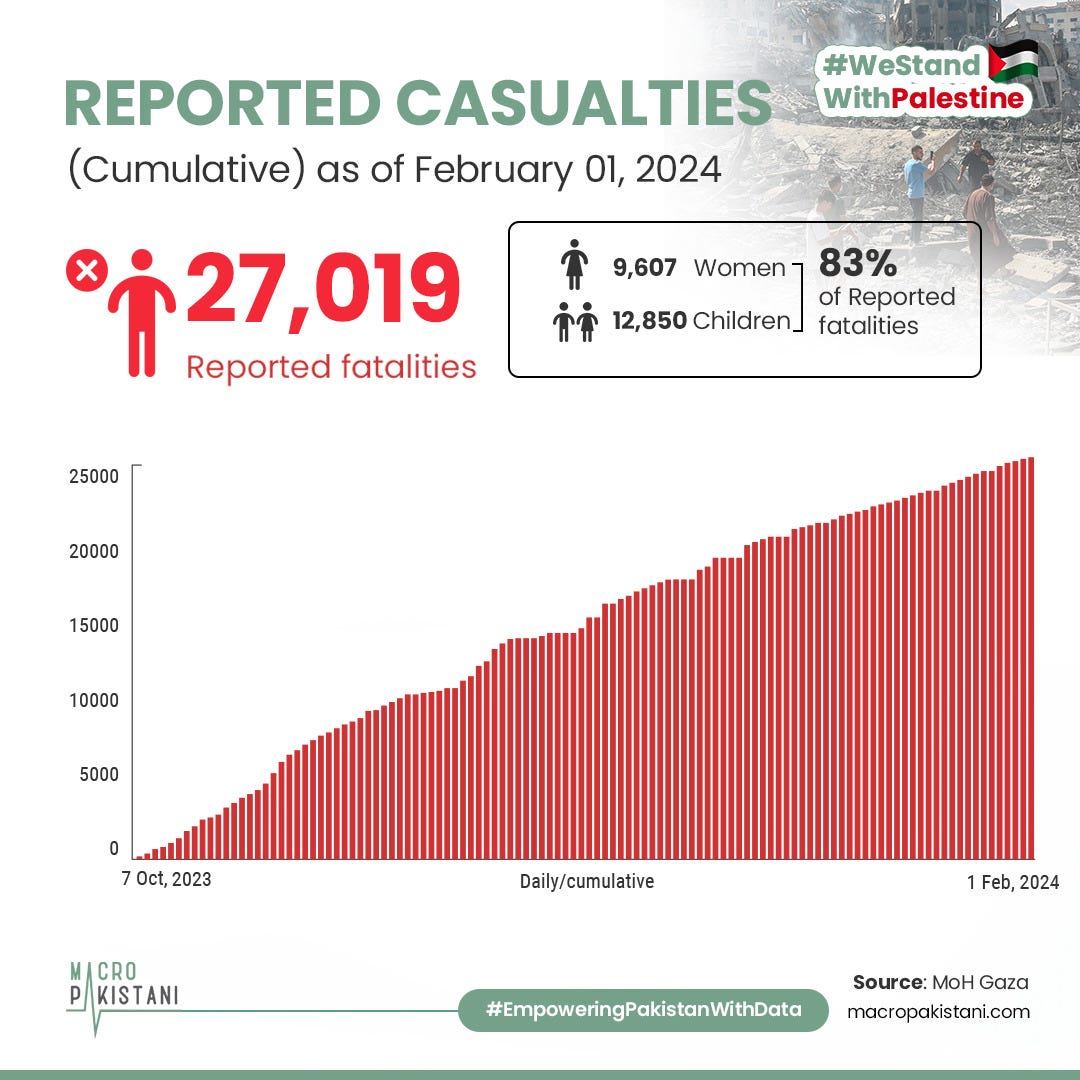Pakistan’s Pound-Foolish Development Projects
Pakistan’s development projects continue to add up liabilities as the current throw forward cost of development project stands at PKR 6.4 trillion (FY22).

Pakistan has received around USD 203 billion through external finance up till FY2022. The utilization of this high sum can be categorized into two major categories i.e., loans and grants. Most of these inflows were conditional and proposed for the Public Sector Development Program (PSDP). However, the mismanagement and inefficiency in the materialization of the projects have led to more harm than good. According to some estimates, the throw-forward costs of PSDP’s ongoing projects stand at PKR 6.4 trillion, out of which 68% is due to ongoing projects. There are evident concerns regarding the planning phase of development programs in Pakistan; however, it raises the question of whether we effectively allocate funds to ongoing projects.
Firstly, Pakistan’s development programs are centered around infrastructure based projects and not social projects. With the rising population and stagnant Human Development Index (HDI), this may pose significant threats to the country’s management. Furthermore, Pakistan continues to ‘invest’ in areas with high incremental capital output ratio (ICOR), which means that higher investment is required to improve GDP. Globally, investment has seen a downturn over the past couple of years, especially in low-income economies and emerging markets. Hence, a renewed area of focus is improving the efficiency of public investment. In Pakistan, many PSDP projects are approved and started without a proper financing plan or available funds. Despite allocations, the government struggles to provide sufficient financial support, leading to delays, cost overruns, and the accumulation of project expenses.
Public investment can play a key role in supporting the recovery, with its strong potential to boost private investment, especially in the current uncertain economic environment. However, the government’s growing position in the economy is worrisome. Pakistan needs to work on its public investment efficiency and improve its planning mechanisms to include data-based insights.
GRAPHIC
Utilizing innovative satellite imagery and official data, UNCTAD estimates that Gaza’s economy had already contracted by 4.5% in the first three quarters of 2023. However, the military operation greatly accelerated this decline, resulting in a 24% contraction of GDP and a 26.1% drop in GDP per capita for the entire year.
In 2023, artificial intelligence experienced a significant breakthrough, marked by the widespread interest and investment in large language models (LLMs) and text-to-image generators 🤖.
For those who don’t know about it:
Data Visualization & Marketing Partner: Brand Nib
Visit: https://macropakistani.com/advertise/
Grateful for the ever-growing list of collaborators!
About Us: Macro Pakistani is a data-driven research platform that aims to provide a basic understanding of Pakistan’s economy. If you have an interest in contemporary news but are currently overburdened with sensationalism and specialized vocabulary, we are the platform for you.
How are we doing? Please send us any questions, comments or suggestions by replying to this email.







